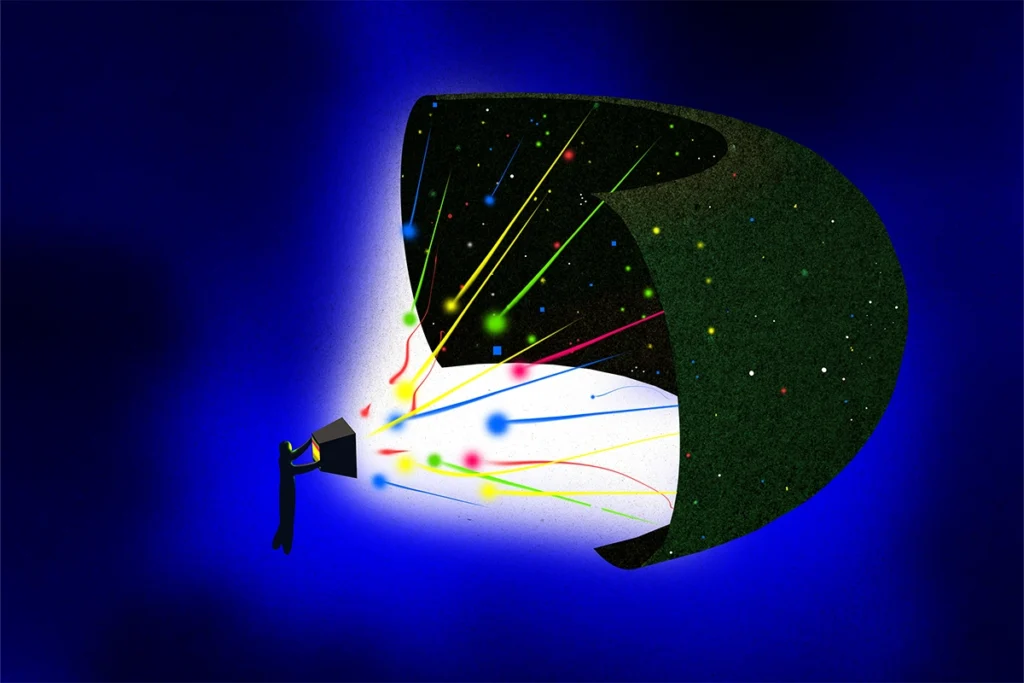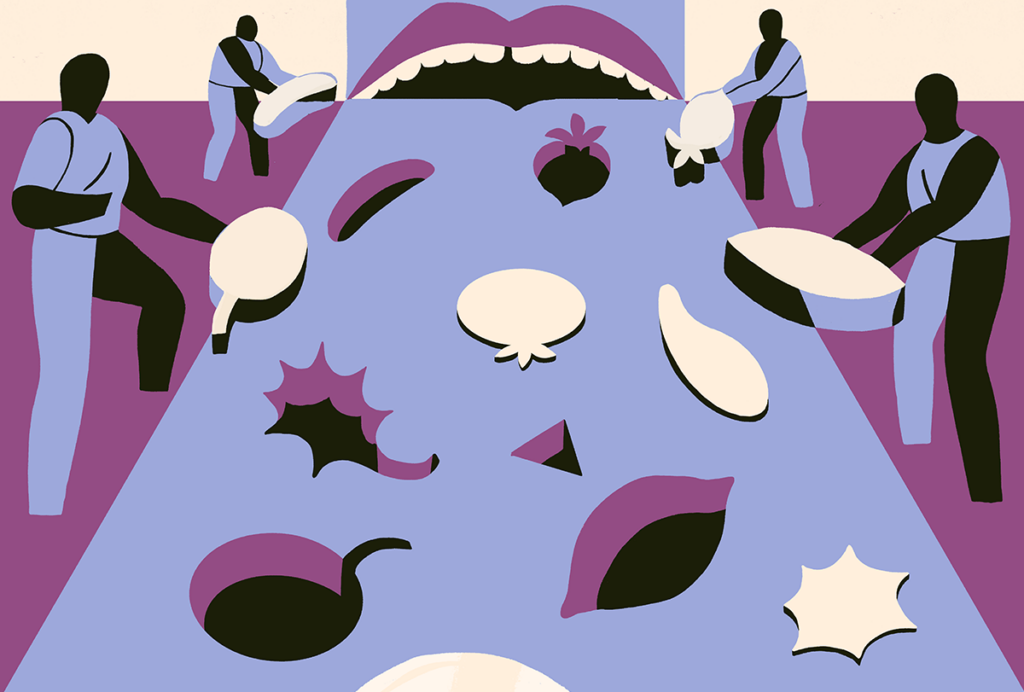Victoria Abraira is assistant professor of cell biology and neuroscience at Rutgers University. She earned her B.S. in biological sciences at the University of Southern California and her Ph.D. in neuroscience at Harvard University. As a postdoctoral fellow at Johns Hopkins University and Harvard Medical School, she set out to understand the cellular and synaptic substrates underlying innocuous touch perception by elucidating the functional organization of sensory neurons in mouse hairy skin and uncovering the neural codes of touch perception in the spinal cord dorsal horn.

Victoria Abraira
Assistant professor of cell biology and neuroscience
Rutgers University
From this contributor
Selected articles
- “Using DeepLabCut-Live to probe state dependent neural circuits of behavior with closed-loop optogenetic stimulation” | Journal of Neuroscience Methods
- “The dorsal column nuclei scale mechanical sensitivity in naive and neuropathic pain states” | Cell Reports
- “Multimodal sensory control of motor performance by glycinergic interneurons of the spinal cord deep dorsal horn” | Neuron
- “Good vibrations: The role of a mechanosensitive ion channel in sexual behavior is unveiled” | Science
- “Mapping the neuroethological signatures of pain, analgesia, and recovery in mice” | Neuron
Explore more from The Transmitter
Grace Hwang and Joe Monaco discuss the future of NeuroAI
Hwang and Monaco organized a recent workshop to hear from leaders in the field about how best to integrate NeuroAI research into the BRAIN Initiative.
Grace Hwang and Joe Monaco discuss the future of NeuroAI
Hwang and Monaco organized a recent workshop to hear from leaders in the field about how best to integrate NeuroAI research into the BRAIN Initiative.
Imagining the ultimate systems neuroscience paper
A growing body of papers on systems neuroscience and on giant simulations of neural circuits involves data beyond the point that anyone can reasonably understand end to end. Looking ahead, “paper-bots” could solve that problem.

Imagining the ultimate systems neuroscience paper
A growing body of papers on systems neuroscience and on giant simulations of neural circuits involves data beyond the point that anyone can reasonably understand end to end. Looking ahead, “paper-bots” could solve that problem.
Hessameddin Akhlaghpour outlines how RNA may implement universal computation
Could the brain’s computational abilities extend beyond neural networks to molecular mechanisms? Akhlaghpour describes how natural universal computation may have evolved via RNA mechanisms.
Hessameddin Akhlaghpour outlines how RNA may implement universal computation
Could the brain’s computational abilities extend beyond neural networks to molecular mechanisms? Akhlaghpour describes how natural universal computation may have evolved via RNA mechanisms.
